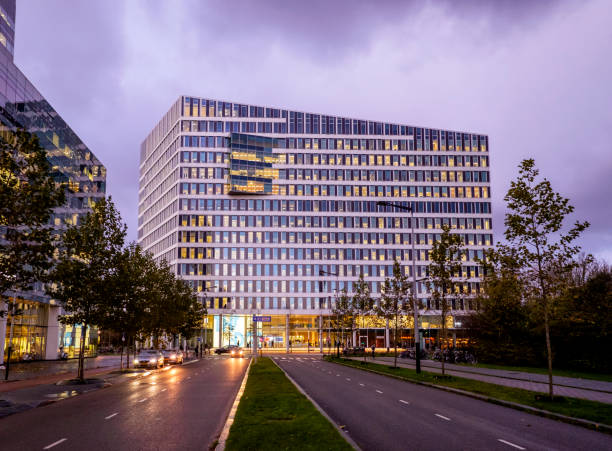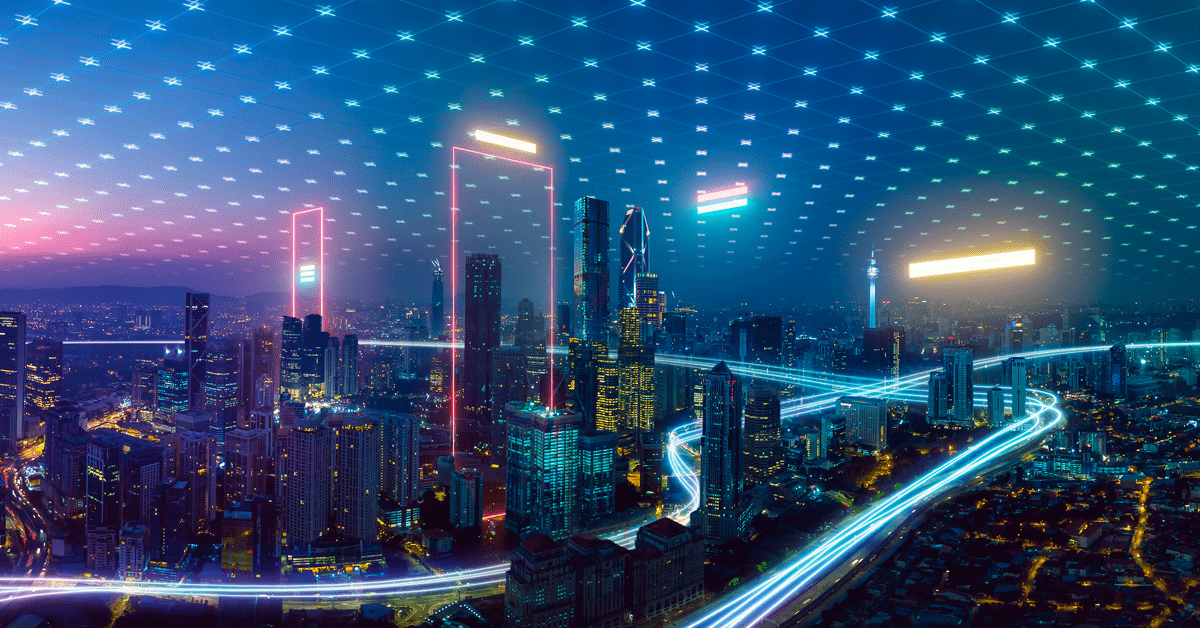
Book a demo
Public lighting is a relevant - and sometimes taken for granted - component of urban life, fundamental in terms of safety and comfort, but it is also used as an aesthetic element to adorn our cities by highlighting, for example, the historical monuments. However, up until now, its management and maintenance were often complex and expensive due to manual management that did not permit complete control on parameters such as consumption, faults, and various issues.
Now, thanks to IoT technology, public lighting is undergoing a revolutionary evolution that is changing the way we see and interact with our urban environment. With IoT, cities can become safer, more efficient, and more attractive, creating a “brighter” future for all of us.
The disconnected lighting can lead to various problems in the management of city public lighting:
IoT offers a solution to the problems listed above, thanks to its ability to gather together all the data coming from the various components of public lighting systems in real-time, allowing a more centralised and efficient management and a greater optimization of costs. For example, local authorities can monitor and control in real time public lighting systems remotely, identify any problems and intervene quickly to resolve them. Furthermore, IoT allows for better energy management, through automatic regulation of the light intensity according to needs
Therefore, the advantages in summary are:
Energy savings and cost reduction, of course, varies depending on several factors such as the size of the city or the amount of monuments to be illuminated. But some studies have shown that the adoption of connected public lighting systems can lead to an average energy savings of 40-60% and a cost reduction of up to 50% or even more in particular conditions.
In conclusion, connected public lighting represents an important step forward in managing the city and the lives of its residents. With its ability to improve safety, energy efficiency, and the comfort of public spaces, the adoption of connected lighting systems with IoT software solutions can bring a series of benefits to cities and their residents. Additionally, the adoption of connected lighting systems can help reduce environmental impact, improve the quality of life for citizens, and promote sustainable development of cities.
Fill out the form at the end of the page to request information on products or partnerships.


